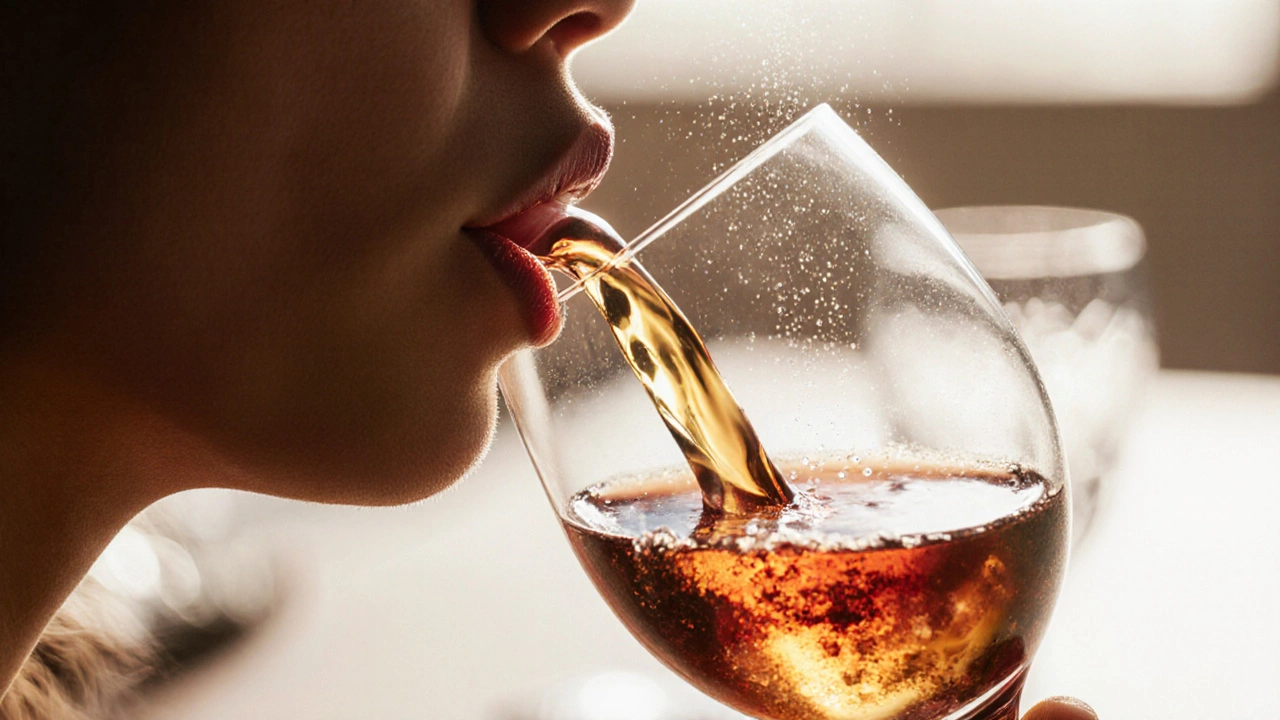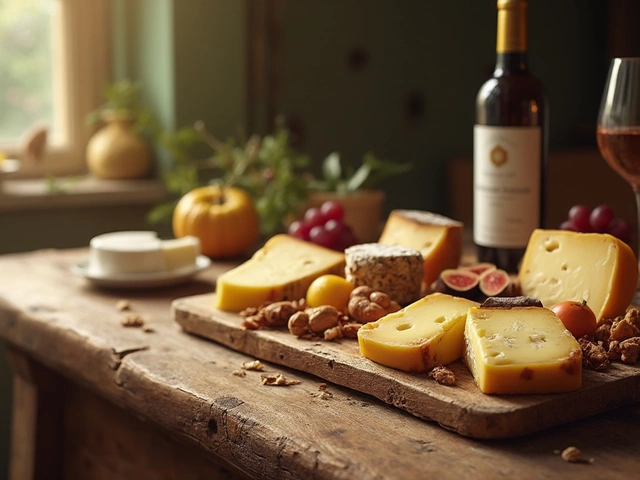Wine Mouthfeel: The Sensory Side of Every Sip
When working with Wine Mouthfeel, the overall tactile impression a wine gives—its weight, smoothness, and grip on the palate. Also known as palate sensation, it plays a key role in how we judge a drink. Two crucial components of Wine Texture and Wine Body combine with Wine Acidity to shape that perception. Wine mouthfeel encompasses texture, requires sensory evaluation, and is influenced by acidity, tannins, and alcohol level.
Why Texture Matters
Texture describes how the liquid feels as it slides across your tongue—silky, velvety, grainy, or rough. A high‑tannin red often feels astringent, pulling at the gums, while a buttery Chardonnay may glide smoothly because of malolactic fermentation. This tactile cue tells you whether a wine is youthful, ripe, or ready for aging. When you notice a creamy texture, you’re actually sensing fine particles and glycerol that soften harsh edges.
Understanding texture helps you match wine to food. A wine with a plush, round texture can soften spicy dishes, while a crisp, lean texture cuts through rich sauces. Producers manipulate texture through oak aging, lees stirring, or micro‑oxygenation, all aimed at achieving the desired mouthfeel profile.
Body: The Weight Behind the Flavor
Body measures the wine’s perceived weight in your mouth, ranging from light‑bodied (think Pinot Grigio) to full‑bodied (think Cabernet Sauvignon). Alcohol, sugar, and glycerol are the main drivers of body. Higher alcohol adds viscosity, making the wine feel heavier. Likewise, residual sugar thickens the liquid, giving a luscious mouthfeel.
Body is not just a number; it guides pairing decisions. Light‑bodied wines pair well with delicate dishes like salads or seafood, while full‑bodied wines stand up to steak or grilled vegetables. Knowing a wine’s body lets you predict how it will coat your palate and linger after each sip.
Acidity and Its Balancing Act
Acidity is the sharp, refreshing edge that lifts flavors and balances richness. High acidity gives a crisp, tingling sensation that awakens the palate, while low acidity can make a wine feel flat or overly soft. Acidity also interacts with texture—high‑acid wines often feel more lively, even if they’re light‑bodied.
Winemakers manage acidity through harvest timing, malolactic fermentation, or blending. Understanding acidity helps you anticipate how a wine will clean your palate between bites, making it a crucial factor in the overall mouthfeel experience.
Putting It All Together
When you combine texture, body, and acidity, you get a complete picture of wine mouthfeel. A wine might be full‑bodied but have a smooth texture and balanced acidity, resulting in a round, satisfying finish. Conversely, a high‑tannin, high‑acid wine can feel tight and edgy, perfect for cutting through fatty foods.
The collection below dives deeper into each of these elements. You’ll find practical tips for tasting, pairing, and even creating non‑alcoholic alternatives that mimic the burn and texture of traditional drinks. Whether you’re curious about the science behind mouthfeel or looking for quick pairing hacks, the posts ahead cover the full range of sensory details you’ll need to become a more confident wine geek.
Discover why swishing wine unlocks aroma, flavor and texture, with step-by-step tips, common mistakes, and a handy comparison of mouth actions.
View Details

